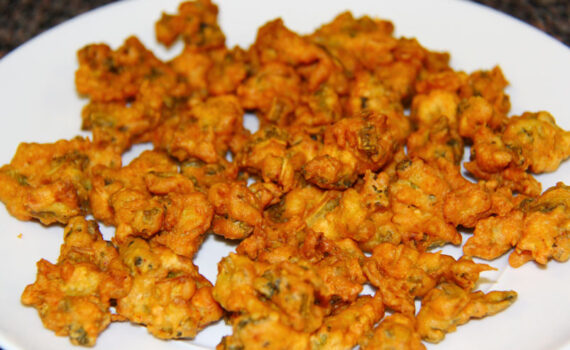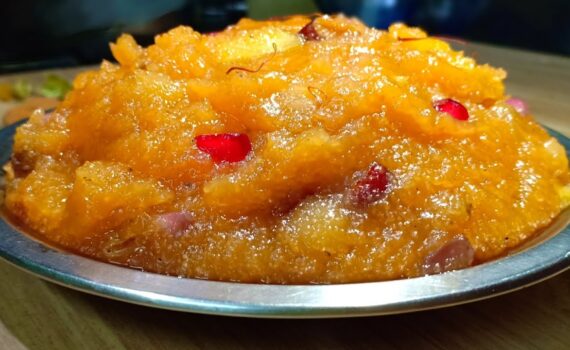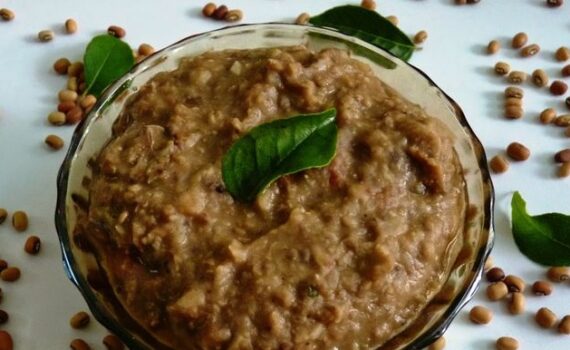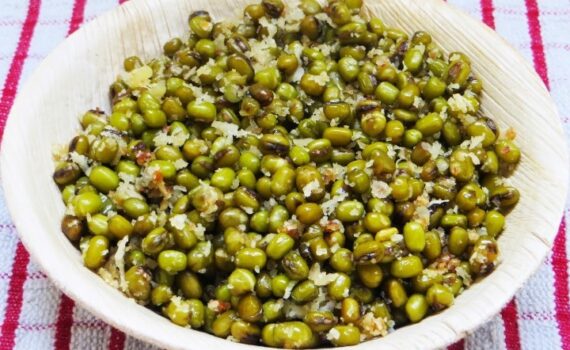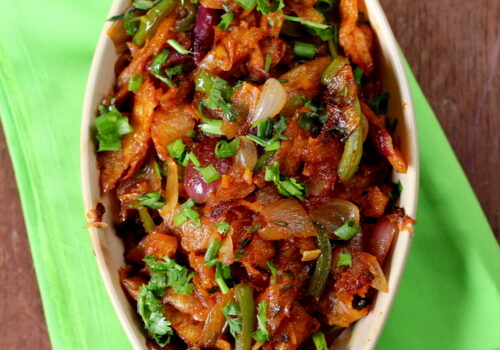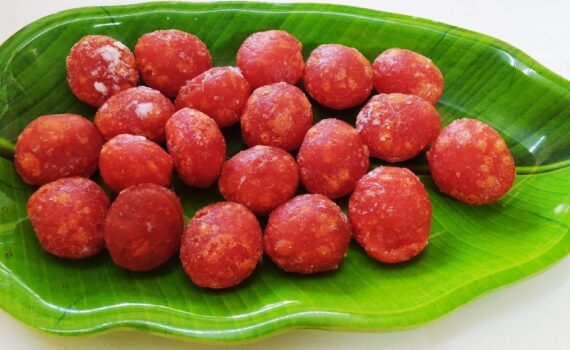Do you want to know the difference between land, real estate, and real property?
Do you want to understand the different forms of real estate and prospective investments that you may be overlooking as an investor?
In this post, you will learn about the six forms of real property, the distinction between land, real estate, and real property, as well as prospective investment opportunities.
Real estate is much more than a house or a plot of land for the real estate investor. Legally, it can be defined in a variety of ways; nonetheless, the concept is universal. Real estate investors must be familiar with the legal jargon involved with real property, real estate, and land. The phrase real estate derives from the term realty, which denoted land and anything permanently tied to it for generations.
We shall discuss the following subjects in this article:
What exactly is land?
What exactly is real estate?
What exactly is real estate?
What Are the Six Different Kinds of Real Estate?
- Agricultural
- Residential
- Commercial
- Industrial
- Mixed-Use
- Particular Purpose
WHAT IS LAND?
The land is defined as the earth’s surface from the poles to the equator and indefinitely higher. It encompasses everything that is associated with it, such as trees and water. Air rights, surface rights, and subsurface rights are also included in the definition of land (minerals and natural resources, e.g. metals, iron, ore, oil. Etc.).
WHAT IS REAL ESTATE?
Real estate can be defined as land with all of the improvements that human activity has made to that land, such as homes, buildings, farms, ranches, and so on. Natural resources such as minerals, agriculture, and immovable property are also included. These human-made improvements may be below ground, such as water or sewer pipes, or above ground, such as fences, landscaping, or buildings.
WHAT IS REAL PROPERTY?
Real property is identical with real estate, but it can also be described as the rights that are tied to the property, in that real property contains benefits and interests in real estate ownership.
In other words, real estate is concerned with human action, and real property is concerned with the benefits and interests derived from that human activity.
Furthermore, real property includes not just physical property but also rights to that property. Many of these rights will include the following:
Possession of property.
The right to enjoy and use real property within the confines of the law.
Exclusion right, that is, the right to prevent others from trespassing on, entering, or utilizing the property.
The right to control one’s property within the confines of the law.
Right of disposition, or the ability to transfer, sell, will, or dispose of the property.
WHAT ARE THE SIX TYPES OF REAL PROPERTY
Real estate comes in a variety of forms and can benefit real estate investors from a variety of unique and diverse views in their investments. In the residential segment, the real estate investor may concentrate on multi-family dwellings. Alternatively, they may have a commercial office space specialization. They can also invest in ranches, factories, supermarkets, and office space, among other things. The point is that there are numerous sorts of real estate from which to create your real estate investing firm.
These six forms of real estate include agricultural, residential, commercial, industrial, mixed-use, and special-use properties.
Agricultural
Agriculture is a type of real estate. Agriculture is the use of land to grow crops, rear animals, and grow plants (trees, orchards, etc.). These types of investments may provide a broad portfolio with many of the same advantages as real estate investments. The investor can buy, sell, and lease agricultural land. The investor may also invest in the agriculture business directly, such as purchasing a farm or ranch that produces beef cattle and allowing the farmer or rancher to operate the enterprise.
Types of Agricultural Property
Farms
A farm is a piece of land that is largely used for agricultural purposes, such as growing food, growing plants, or raising livestock.
Ranches
A ranch is comparable to a farm and can be used interchangeably. The main distinction is that a farm produces food and other crops, whereas a ranch raises grazing livestock, such as cattle, sheep, and so on.
Timberland
Timberland is real estate that is covered in forest ideal for timber production. An investor can invest in timberland in a variety of ways, including timber Exchange Traded Funds (ETFs) and REITs (Real Estate Investment Trusts) that contain timberland-related products. In addition, the investor can buy the land associated with the timber and then sell it.
Orchards
An orchard is a piece of land with planted fruit trees, such as apples, oranges, and grapes.
Residential
Homes, of course, are another sort of real estate. These residential properties specifically cover multifamily housing and single-family homes in urban, suburban, and rural areas. People are compelled to purchase real estate in the residential category, with many aspiring to homeownership.
Home Ownership
Many people assume that owning a home provides financial stability and that it is a long-term investment. However, according to Robert Kiyosaki and his Rich Dad Poor Dad series, a home is only an asset if it puts money in your wallet and a liability if it simply takes money out of your pocket. In other words, unless you have sufficient cash flow from the real estate, your residence is a liability rather than an asset.
Nonetheless, Robert Kiyosaki’s beliefs are fundamentally life-changing in terms of financial literacy. It does not change the reality that many individuals want and yearn for homeownership, even if it is a responsibility. There are advantages and disadvantages to being a homeowner, but whatever decision you make, make sure that if any debt is taken out, you understand how the mortgage industry works and how you can use a HELOC to pay off the home faster, saving thousands and hundreds of thousands of dollars in interest through velocity banking.
Types of Residential Property
Single-family Homes
Single-family dwellings can be detached or attached, such as townhouses. Single-family homes are one of the most common and popular housing kinds for real estate.
Apartment Building
Apartment buildings or multifamily apartments provide homes for numerous individuals in densely populated locations. These structures are typically seen in urban and suburban regions. In a rural region, it would be unusual to see anything resembling an apartment complex. Security, a clubhouse, a laundromat, parking, a swimming pool, a fitness club, and, in certain situations, a golf course may be added to these buildings. Many investors prefer multifamily properties due to their low risk, lack of competition, and simplicity of management. However, for these forms of real estate transactions, a higher degree of capital is normally required.
Condominium
Except for ownership, a condominium is similar to an apartment building. When an apartment complex is owned by a single company or individual. Condominiums can be purchased on their own. These condominiums will have a homeownership association (HOA) or management that will be in charge of the building’s regular upkeep. Condominiums are similar to apartment buildings in that they share common elements such as elevators, a security system, a swimming pool, a tennis court, and other facilities.
Cooperative
A cooperative is a distinct sort of homeownership in that when an investor invests in a property, they become shareholders in a corporation that owns the real estate. According to the shareholder agreement, each shareholder is entitled to occupy one housing unit. It is a group of cooperative members who pool their purchasing power to lower the cost of member services and upkeep.
Manufactured Housing
Manufactured homes, often known as factory-built homes, are constructed wholly in a factory, shipped to the site, and installed. The US Department of Housing and Urban Development supervises and manages the construction of these dwellings (HUD). Prior to June 15, 1976, these dwellings were referred to as mobile homes. Because of the assembly-line-style construction from its factories, these homes may be relatively inexpensive, and the newer modern styles with the greater room are making these sorts of homes more appealing to purchasers.
Planned Unit Developments (PUDs)
A planned unit development (PUD), often known as a master-planned community, is a type of building development that may include a whole residence or may be compatible in its development with other land uses, such as recreation, commercial areas, or industrial parks. Special zoning rules are used to plan PUDs. Permits enable developers to make the most of available space by decreasing lot sizes or street positions. Owners in most PUDs maintain complete ownership of their buildings and residences, making them solely responsible for maintenance; however, streets, sidewalks, pedestrian walkways, parks, and other amenities would be outsourced to the homeowners association. Furthermore, a PUD may encompass a modest development or a complete planned out metropolis.
Converted-Use Properties
Buildings that have been converted into residential use are known as converted-use properties or conversion properties. In other words, the structures can be warehouses, schools, churches, or other types of structures that have been converted into residential property. In many cases, it is more financially and economically viable to renovate the structure of the building rather than demolish it. For example, a warehouse could be converted into an apartment complex, or a warehouse could be converted into a shopping mall (commercial property).
Commercial
Another sort of real estate is commercial property. Commercial property will include any property that houses a business, such as office spaces, shopping centres, malls, stores, and entertainment facilities. Other sorts of commercial property include hotels, motels, and even parking garages.
Types of Commercial Property
Business Property
Any real property owned by a business entity may be considered company property. More crucially, a commercial property might refer to a company’s residences and operations. A mechanic shop with a garage, for example, is considered business property.
Office Space
Office space is a type of property that has a designated area for company operations. Regus is a corporation that rents out office space to small enterprises or individuals that do not require full-time office space. Regus charges based on usage and provides a variety of office spaces, such as meeting rooms.
Shopping Centers
Shopping centers are commercial properties that primarily deal with retail. Many investors seek REITs that invest in retail malls/centers.
Stores
Another investing area that can be used to diversify an investor’s portfolio is the retail market.
Theaters
Theaters are places of entertainment, such as movie theatres and movie complexes. Another potential investment that investors ignore is this one.
Hotels
Hotels are excellent real estate investments, and many real estate investors who increase their portfolios eventually invest in the hotel industry.
Parking Facilities
Parking lots are an alternate and often disregarded sort of real estate. With artificial intelligence (AI) and modern technology (e.g., apps), these parking lots and facilities can swiftly go into autopilot mode, requiring little to no supervision.
Industrial
Industrial property is another sort of real estate that includes structures such as warehouses, power plants, and factories. For many investors, the industrial sector is the least discussed and targeted real estate sector in which to invest. Investing in industrial real estate, on the other hand, should not be disregarded by investors.
Types of Industrial Property
Warehouses
A warehouse is a structure used to store commodities and resources. These warehouses, however, do not merely store items and leave them there for an extended period of time. Many warehouses are in operation, as wholesalers, importers, exporters, and others use them to keep products and products moving to their consumers. An investor should consider the potential benefits of warehousing investments.
Factories
Factories, also known as manufacturing plants, are made up of buildings, machinery, and equipment in which items are manufactured in a sophisticated, systematic process. On a side note, factories began during the industrial revolution when tiny workshops could not keep up with the supply and demand. Factory investments, on the other hand, are frequently disregarded. Sometimes the best investments are ones that go unnoticed because no one is looking for them.
Power Plants
Our electricity is generated and created by power plants or power stations. With the increasing need for greener and greener energy. We’ve been able to make some exciting and perhaps game-changing investments thanks to innovation.
Mixed-Use
A mixed-use property is a type of real estate that can be used for several purposes. That is, you can have both commercial and residential space on the same land.
Special Purpose
Special purpose property is a form of real estates that is typically owned by the government, such as places of worship, schools, libraries, government buildings, cemeteries, and parks.
FINAL THOUGHTS
Real estate investors, in particular, have a variety of sectors from which to diversify their investment portfolio. This article discussed the six different forms of real estate, which are agriculture, residential, commercial, industrial, mixed-use, and special purpose. With a little imagination and investigation, almost anyone may find an investment niche that suits them.

